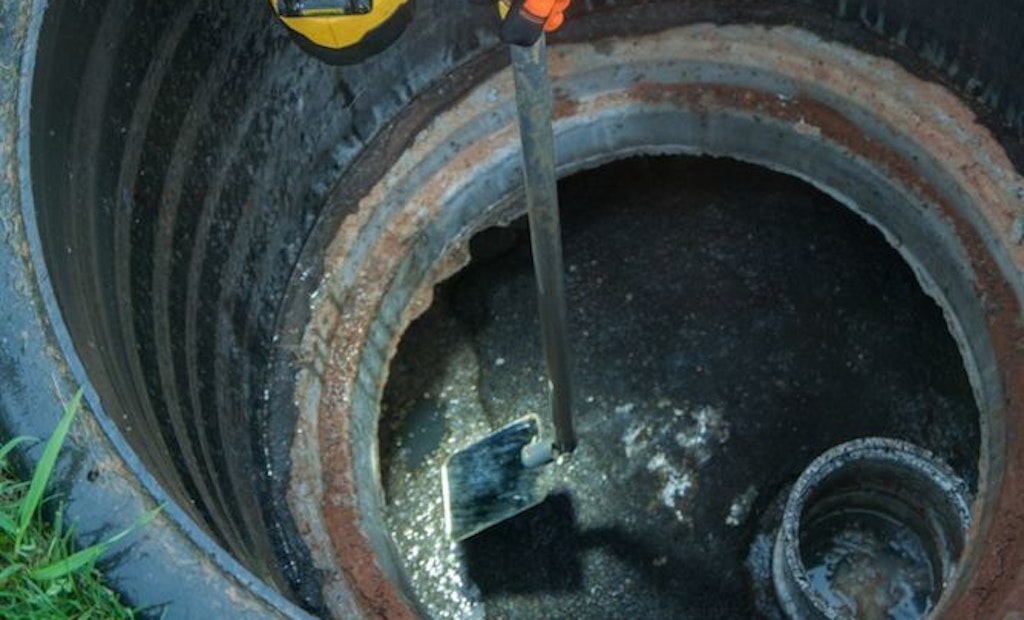Interested in Septic Tanks?
Get Septic Tanks articles, news and videos right in your inbox! Sign up now.
Septic Tanks + Get AlertsWhen checking the septic tank, both the inlet and outlet baffles should be evaluated, as well as where and how the piping enters and exits the tank. Inlet baffles need to be in place to direct flow into the tank downward to allow for settling of solids to occur and to prevent the “short-circuiting” of water and solids directly through the tank. With the widespread requirement of effluent screens, some of the concerns about the solids moving on to impact the drainfield are reduced.
However, if the inlet baffle is not in place or operating as it should, solids can regularly clog the effluent screen, resulting in either backing up sewage to the house or preferably setting off an alarm indicating it needs to be cleaned. If you as a service provider are out cleaning the effluent filter on a regular basis, the homeowner will soon tire of paying for the service, which may lead them to removing the filter. It’s better in the long run for you and the homeowner to fix the baffle and make sure it has the proper submergence based on the depth of the tank.
On the inlet side, one common problem is blockages occurring because the tank and/or the pipe have settled or moved, resulting in the pipe coming into the inlet at an angle. This happens a lot when the pipe is not properly bedded in the area where the pipe bridges the gap between the excavation wall and the tank. It provides a place for solids such as toilet paper to get hung up and either partially or totally block the inlet to the tank. If it results in a partial blockage, it becomes a point that may have freezing problems during the winter. Having the pipe cocked at an angle also interferes with proper venting that can lead to excessive corrosion around the outlet baffle, resulting in the need to replace the baffle. The fix is to reseat the pipe with proper materials and soil compaction, so it comes straight into the tank. Another problem in concrete tanks with cast baffles is that the sewer pipe is shoved too far into the tank so there is not an adequate space between the pipe and the baffle wall.
Similar conditions can occur at the outlet of the tank where the pipe exits at an angle. If a sanitary tee is used for the baffle and the pipe moves enough, it can interfere with the baffle itself, cocking it at an angle too. This can cause the tank to operate at a higher level above the normal invert elevation, pushing the scum above and over the baffle. Here again if there is an effluent screen, the problem usually becomes apparent before a lot of solids have been delivered to the soil treatment and dispersal area. This condition also interrupts venting of the system that can lead to odors and deterioration of the concrete in other parts of the tank. As with the inlet pipe, the fix is to reseat the piping at the proper slope and straight or repair the outlet baffle.
About the author: Jim Anderson is connected with the University of Minnesota onsite wastewater treatment program and is an emeritus professor in the university’s Department of Soil, Water and Climate. Send him questions about septic system maintenance and operation by sending an email to kim.peterson@colepublishing.com.
This article is part of a series on troubleshooting septic tanks:
- Tips for Troubleshooting Problem Systems
- Troubleshooting Septic Tanks
- Tank Troubleshooting: Checking Inlet and Outlet Baffles
- Troubleshooting: Additional Items to Check in Troublesome Septic Tanks






